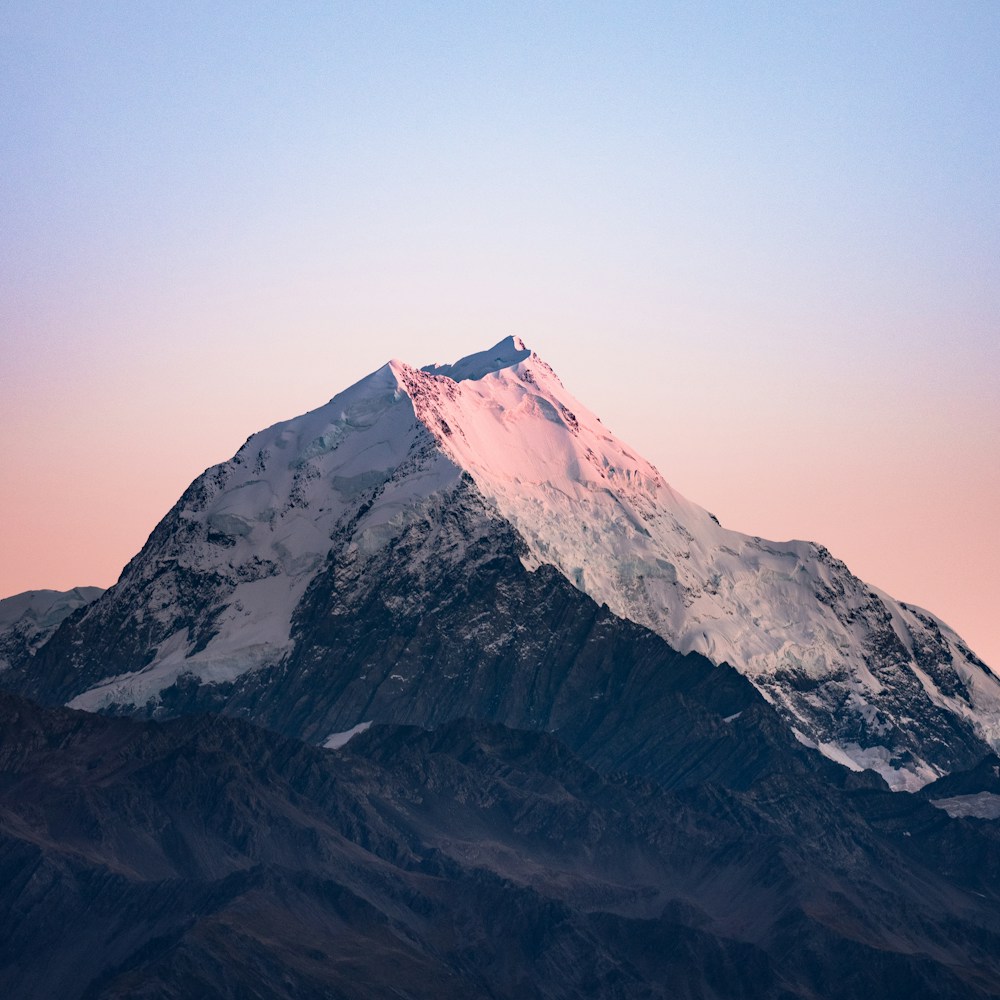滤镜
backdrop-filter: grayscale()
用于将背景灰度滤镜应用于元素的工具类。
| Class | Styles |
|---|---|
backdrop-grayscale | backdrop-filter: grayscale(100%); |
backdrop-grayscale-<number> | backdrop-filter: grayscale(<number>%); |
backdrop-grayscale-(<custom-property>) | backdrop-filter: grayscale(var(<custom-property>)); |
backdrop-grayscale-[<value>] | backdrop-filter: grayscale(<value>); |
示例
基本示例
使用像 backdrop-grayscale-50 和 backdrop-grayscale 这样的工具类来控制应用于元素背景的灰度效果:
backdrop-grayscale-0

backdrop-grayscale-50

backdrop-grayscale

<div class="bg-[url(/img/mountains.jpg)]"> <div class="bg-white/30 backdrop-grayscale-0 ..."></div></div><div class="bg-[url(/img/mountains.jpg)]"> <div class="bg-white/30 backdrop-grayscale-50 ..."></div></div><div class="bg-[url(/img/mountains.jpg)]"> <div class="bg-white/30 backdrop-grayscale-200 ..."></div></div>使用自定义值
Use the backdrop-grayscale-[<value>] syntax to set the 背景灰度 based on a completely custom value:
<div class="backdrop-grayscale-[0.5] ..."> <!-- ... --></div>For CSS variables, you can also use the backdrop-grayscale-(<custom-property>) syntax:
<div class="backdrop-grayscale-(--my-backdrop-grayscale) ..."> <!-- ... --></div>This is just a shorthand for backdrop-grayscale-[var(<custom-property>)] that adds the var() function for you automatically.
响应式设计
Prefix a backdrop-filter: grayscale() utility with a breakpoint variant like md: to only apply the utility at medium screen sizes and above:
<div class="backdrop-grayscale md:backdrop-grayscale-0 ..."> <!-- ... --></div>Learn more about using variants in the variants documentation.